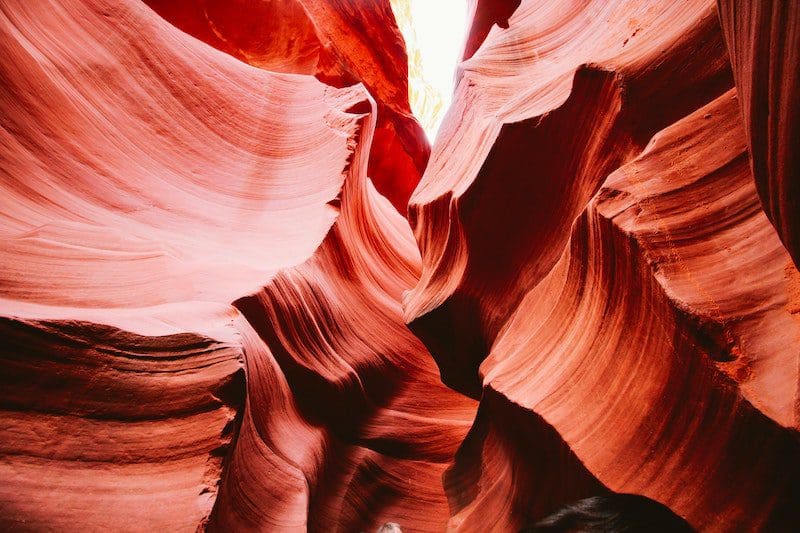How to Explore the Connection Between Nature and Art With Kids
In The Moth Snowstorm: Nature and Joy, Michael McCarthy wrote, “There can be occasions when we suddenly and involuntarily find ourselves loving the natural world with a startling intensity, in a burst of emotion which we may not fully understand, and the only word that seems to me to be appropriate for this feeling is joy.”
Two centuries earlier, the nature writer Richard Jefferies offered a similar experiential understanding: “The exceeding beauty of the earth, in her splendor of life, yields a new thought with every petal. The hours when the mind is absorbed by beauty are the only hours when we really live.”
You don’t have to be outdoorsy to have experienced that even a small interaction with nature—gazing at a soft rose in a vase—shifts a person. Even the most tech-consumed city dweller has been momentarily awe-struck by a popsicle-pink sunset at least once in their lives.
Nature affects us. Physically, mentally, emotionally, and spiritually. It’s tender and potent. Tiny and vast. It’s the perfect color palette, contrast, and composition. It also holds a mirror to the human experience, echoing our inner tides and the seasons of our lives.

To Create is to Know How to Relax
When Van Gogh was painting the mulberry tree pictured above, he was not recording it. Mulberry trees don’t look like that. Perhaps what he was doing was painting an expression of his inner felt-experience of the tree and himself in its presence, of the light at that time of day, of his personal sense of the place.
The accomplishment of any artist does not lie in checking off completed work from a to-do list like a warden. It’s the ability to connect to the sense of a thing, be with it, and allow a co-creation of something that never existed before.
To create is to know how to relax into being and welcome the unknown. Nature is our greatest teacher in this regard. Always present, deeply still, and allowing all to be as it is. Nature neither resists nor exerts. It is wise—overflowing with the underlying essence of all life: interconnectedness, wholeness, and a sense of everything in its proper place.
Perhaps we’re drawn to illustrate our experiences of the natural world in an attempt to communicate our personal felt sense of the ethereal magic flowing through silent living things. To capture the kind of beauty that halts thought and soothes hurting hearts. To share how the experience of sitting on the cool, moss-haired rock lowered our shoulders away from our ears, lengthened our exhale, and took us to a safe and perfect place “in the family of things.”

Portrait of Georgia O’Keeffe by Carl Van Vechten.
Appreciating Artists’ Individual Connections To Nature
Each woman below expresses their experience, connection, and understanding of nature’s profundity in a manner only they can. Explore their work and notice what resonates with you, what doesn’t, and what it makes you feel.
Georgia O’Keefe
Kay WalkingStick
Mika Ninagawa
Making Nature-Art With Kids
Exploring the natural world with your children through the medium of art helps nourish their personal connection to nature while increasing their knowledge and appreciation of our living planet.
Observational art, like creating a painting of a tree, or sculpting seed pods in clay, encourages personal digestion and expression of what is being noticed and experienced. Using natural objects as the medium for creation is a different kind of immersive experience that necessitates interactivity with nature. Both forms of creativity are fun to explore. Enjoy exploring the few ideas below on how to go about doing that.
1. Writing with nature
Tools: Natural objects (leaves, twigs, stones, petals, seeds, etc.)
How to: Write your name using only natural items, with the challenge being to use a different object for each letter. For example, the first letter may be created from acorns, the second is one giant letter-shaped leaf, the third created from single petals. For younger children, writing their name this way may be enough, for older children, writing a short poem about nature, or creating an entire scene, prompts extra creativity.
2. Nature sculpture
Tools: Modeling clay, natural objects, paint optional
How to: Gather small natural items. Work your clay into small rounds, size dependent on how you’d like to use them when they’re done. Imprint the clay with the leaves, etc. that you collected. Bake and paint if you wish. These can be made into jewelry, good-luck charms, coasters – whatever you wish!
3. Paint Your Feelings
Tools: Whatever painting supplies you have: paper, cardboard, paints, crayons, etc.
How to: Rather than painting a natural landscape, encourage your children to choose a nature spot they love and then spend some time immersing in it and noticing how it makes them feel. Then, the ask is to express what they feel by painting their inner experience of the nature spot.
Written by Roxana Bouwer
Top photo by Mikhail Nilov from Pexels
Second photo Library of Congress
More Girls That Create Posts
Our Favorite Magazines for Creative Girls

